5 Nights / 6 Days
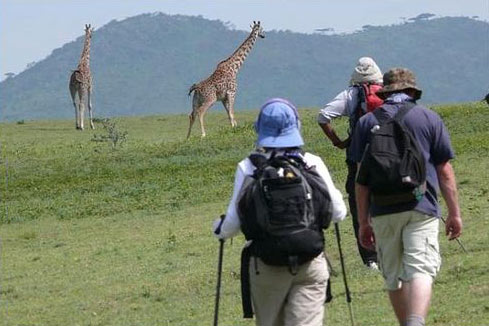
The Crater Highlands consist of an elevated range of volcanoes and collapsed volcanoes, which rise from the side of the Great Rift Valley and run along the Eastern edge of the Ngorongoro Conservation Area. The peaks include Oldeani, Lemagrut, Olmoti, Loolmalasin, Empakaai, Ngorongoro and the active Ol Doinyo Lengai. They all have a number of impressive peaks - with steep escarpments, crater lakes, dense forests and grassy ridges, streams and waterfalls. The area is secluded and rarely visited but offers some of Tanzania’s most jagged and extraordinary scenery and some of the finest trekking. Most walking is done at around the 3000m mark though there are more routes available to the more adventurous.06-1019-08
We depart Arusha town in the morning and drive via Lake Manyara National Park for lunch and an afternoon game viewing before proceeding o¬n to the Ngorongoro Conservation Area. Overnight at the Simba campsite o¬n the crater rim.
The Lake Manyara National park is serene and beautiful with main attractions of a rich bird life, tree-climbing lions, its elephants, and hippos that you can see at closer range than most other places. Lake Manyara is an alkaline lake and at certain times of the year hosts thousands of flamingos and a diversity of other bird life. Although it is one of the smallest parks, its vegetation is so diverse enabling it to host a variety of wildlife habitats.
The Ngorongoro crater is the world’s biggest whole volcanic caldera at 8300 sq km and is frequently described as one of the wonders of the world, not only because of its geological magnificence, but also because it serves as an extraordinary natural sanctuary for some of Africa’s largest populations of large mammals. Ngorongoro and other freestanding mountains are volcanic in origin, formed during the fracturing process that created the Rift valley 15 to 20 million years ago.
Departing the campsite after breakfast we drive up to Nainokanoka Masai Village o¬n the slopes of Olmoti mountain where we pick-up the local guide/and ranger and start the ascent of Olmoti crater. Olmoti crater is a sunken caldera that can only be reached on foot and is about a 3-4 hours walk to the rim. From the rim you could walk to an appealing waterfall where the Munge River leaves the Olmoti crater. Water collecting in the crater flows down the falls and eventually runs into Lake Magadi in Ngorongoro Crater. We set camp back at Nainokanoka village close to the Masai boma.
After breakfast we depart Nainokanoka village and follow Masai cattle trails northeast across the grasslands of the Embulbul depression, towards Empakaai crater, reaching the lightly wooded crater rim o¬n its southern edge, which normally takes 7 - 8 hours. Almost half the floor of the 6km wide, 300m high Empakaai crater is taken up by a deep soda lake. Blue monkey, buffalo, and bushbuck are likely to be seen on the rim, which boasts good views of Lengai Volcano, Kilimanjaro and Lake Natron. The crater floor is home to a variety of antelope and water birds. We set camp o¬n the crater rim for the night.
A path circles the whole of the crater rim and we can follow this to reach a low point o¬n the western rim. The views from here down into the crater are spectacular. The steep inner walls are densely forested and drop to the flat crater floor, which is partly submerged under a lake, often surrounded by huge flocks of Flamingos.
There is a good chance of seeing wildlife here as the Masai are generally not allowed to cattle graze. It is possible to descend into the crater itself and camp by the lake, although this means carrying the camping gear, as it is too steep for the donkeys. You will require extending your trip by one day if you wish to do this. Instead you may opt to camp o¬n the rim for two nights and descend to the crater floor for the whole day.
After breakfast we return from Empakaai via the western trail and spend the night back at Nainokanoka village close to the Masai boma.
After breakfast we descend into the Ngorongoro Crater with our vehicle for the half-day crater Tour. After lunch we break camp and depart back to Arusha town where you will be dropped off at your hotel.
Ngorongoro Crater is one of Africa’s best-known wildlife viewing areas and one of Tanzania’s most visited. Within its walls are a variety of animals and vegetation, including grasslands, swamps, forests, saltpans and a fresh water lake. You are likely to see lion, elephant, rhino, buffalo, and many of the plains herbivores such as wildebeest, Thomson’s gazelle, zebra, reedbuck, as well as thousands of flamingos wading in the shallows of Lake Magadi - the soda lake at the craters base.
We have Set Itineraries for Tours Within Kenya and East Africa. We also Taylor Make Safaris to Suite Your Budget and What You are Looking For. Our Safaris Include Visits to National Parks like Masai Mara, Amboseli, Lake Nakuru National Park, Samburu. Beach Holidays, Honeymoon Holidays, Religious Pilgrimages,students Tours, Motorcycle Tours,Gorilla Trekking Tours, Just to Name a Few.
We Offer Tour Operators, Car & Coach Rental, Passport & Visa, Airline Ticketing, Bus Ticketing, Hotel Booking, Travel Insurance Services Read More...
 10D/9N
10D/9N
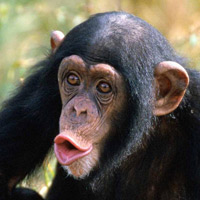 9D/8N
9D/8N
 8D/7N
8D/7N
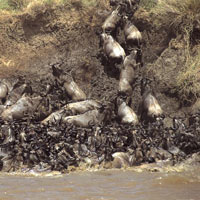 7D/6N
7D/6N
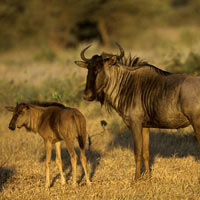 6D/5N
6D/5N
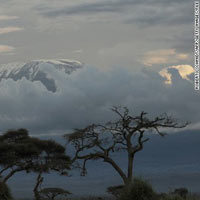 5D/4N
5D/4N
 5D/4N
5D/4N
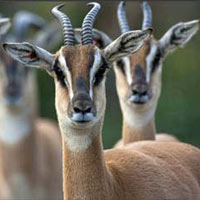 4D/3N
4D/3N
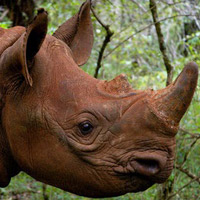 7D/6N
7D/6N
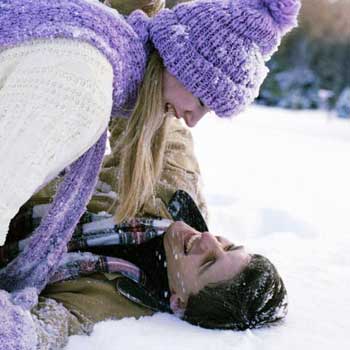 6D/5N
6D/5N
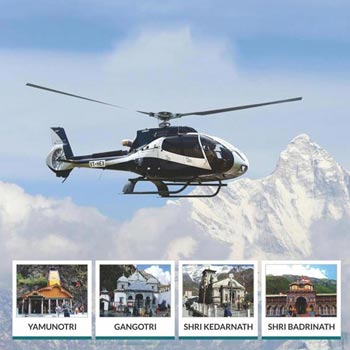 6D/5N
6D/5N
Chardham Yatra By Helicopter Tour
Yamunotri - Gangotri - Kedarnath - Badrinath
 6D/5N
6D/5N
Srinagar,Pahalgam,Gulmarg,Sonamarg,Srina..
Srinagar - Pahalgam - Gulmarg - Sonamarg
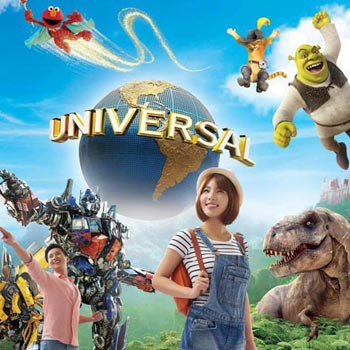 6D/5N
6D/5N
 6D/5N
6D/5N
 6D/5N
6D/5N
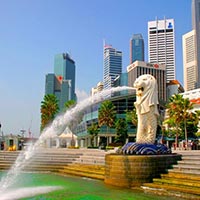 6D/5N
6D/5N
 6D/5N
6D/5N
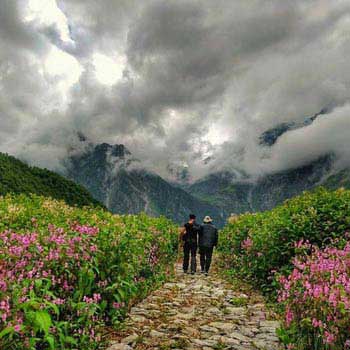 6D/5N
6D/5N
10-Day Luxury Honeymoon Safari & Zanziba..
Manyara - Ngorongoro - Zanzibar - Arusha
 7D/6N
7D/6N
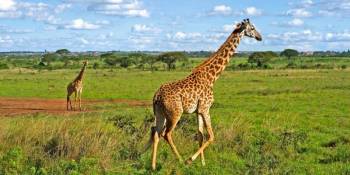 8D/7N
8D/7N
 9D/8N
9D/8N
 10D/9N
10D/9N
9 Nights 10 Days Safari, Wildlife Experi..
Arusha - Ngorongoro - Tarangire - Serengeti - Lake Natron - Lake Eyasi
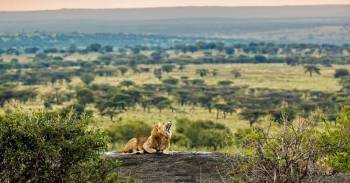 15D/14N
15D/14N
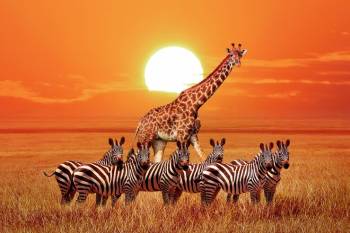 5D/4N
5D/4N
 8D/7N
8D/7N
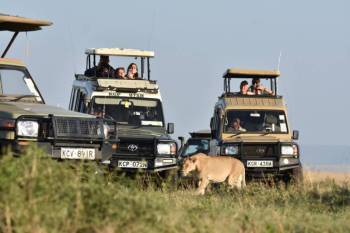 10D/9N
10D/9N
10-Day Kenya Tanzania Best Game Parks Sa..
Masai Mara - Ngorongoro - Arusha - Nakuru - Nairobi - Lake Victoria